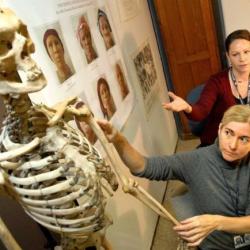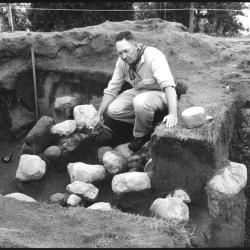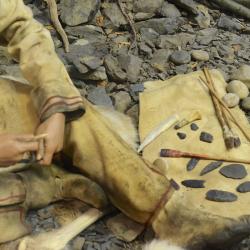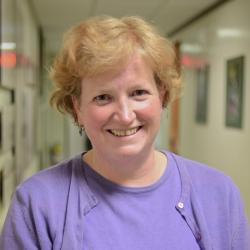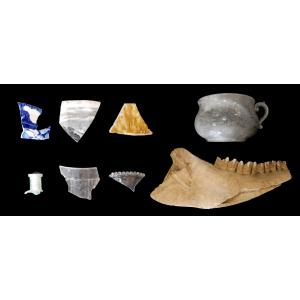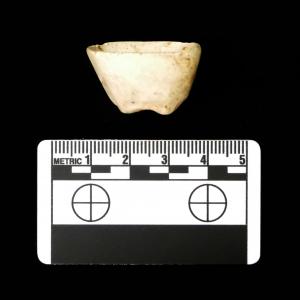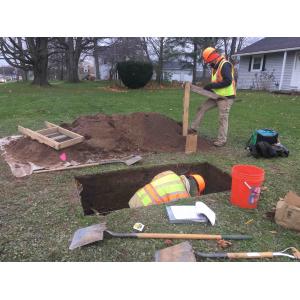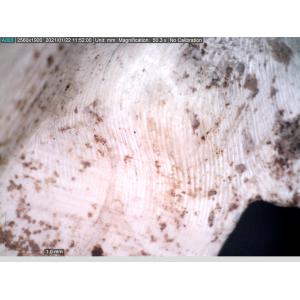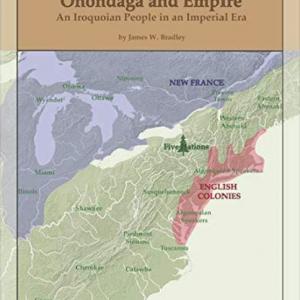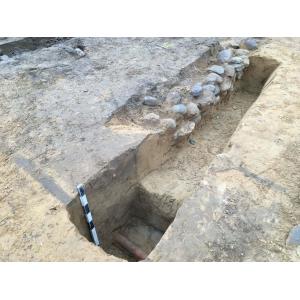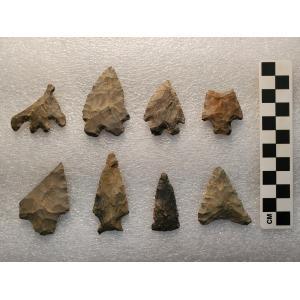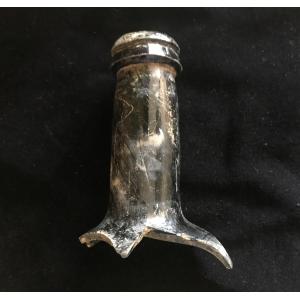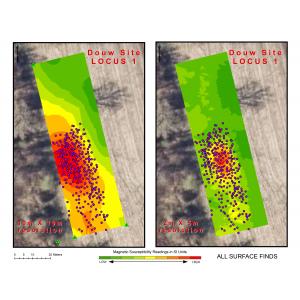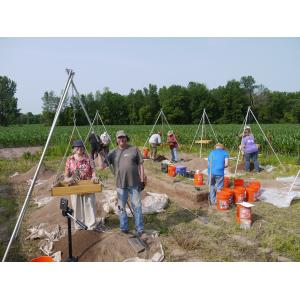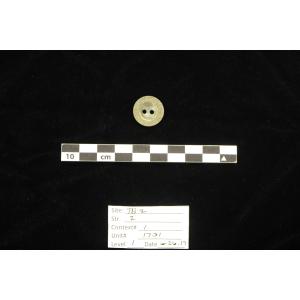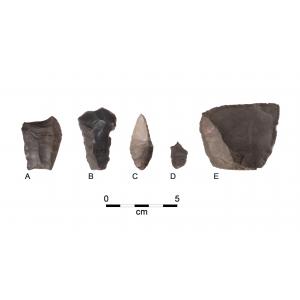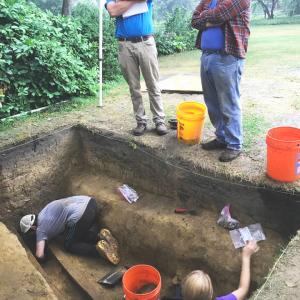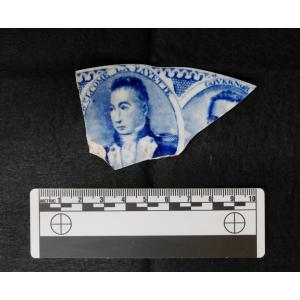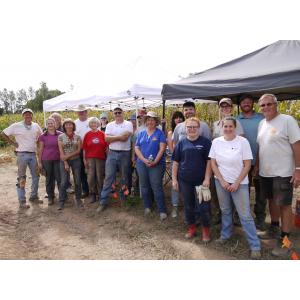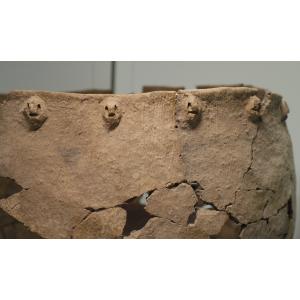The focus of the Archaeology Department is using archaeological remains to interpret the nature and results of human activity in and around New York State, as well as activities in other regions that had an impact on people living in New York. Archaeological research at what would become the New York State Museum began in 1847, when the Board of Regents expanded the State Cabinet of Natural History to include an Historical and Antiquarian Collection. During the 20th century, formative research in archaeology was carried out by Museum staff members such as Arthur C. Parker, William A. Ritchie, Robert E. Funk, and William N. Fenton. Today, an active program of field and collections-based research in Native American and Euro-American archaeology, geoarchaeology, paleoethnobotany, and biological anthropology continues under staff members, museum research associates, and visiting researchers.
Research Departments
News Articles
New Acquisition: The Pierce House Collection
Published March 8, 2021 | Historical Archaeology
The NYSM Historical Archaeology Collection recently acquired the Pierce House Collection containing a wide variety of mid-nineteenth century household artifacts from a farmstead located in the town of Lewis, Essex County, New York. Documenting&nbs...
Science Tuesday: The Power of a Closer Look - Unearthing Personal Possessions of Enslaved African Americans
Published February 11, 2021 | Historical Archaeology
Many of the Historical Archaeology Collections at the New York State Museum were recovered during compliance work prior to the construction of roads, buildings, and other structures. Larger compliance projects can result in the recovery of 100,000...
Science Tuesday: CRSP Excavation and Discovery
Published January 26, 2021 | CRSP
In late Fall 2020, the Museum’s Cultural Resource Survey Program (CRSP) conducted a Phase 2 site examination of a historic period archaeological site in Central New York (see the NYSM Science Tuesday post from 11/24/2020). Among the goals of...
The Power of a Closer Look
Published January 26, 2021 | Historical Archaeology
Many of the historical archaeology collections at the New York State Museum were recovered during compliance work prior to the construction of roads, buildings, and other structures. Larger compliance projects can result in the recovery of 100,000...
New Publication: Onondaga and Empire; An Iroquoian People in an Imperial Era
Published January 8, 2021 | Archaeology
Just released! The NYSM has published the latest volume in the Bulletin Series entitled, Onondaga and Empire; An Iroquoian People in an Imperial Era. As author James W. Bradley notes, the publication “continues the story of the Onondaga, central n...
New Acquisition: West Family Farm Shaker Archaeological Collection
Published January 6, 2021 | Historical Archaeology
Ann Lee founded the first communal settlement of the United Society of Believers in Christ’s Second Appearing, commonly known as the Shakers, in Watervliet New York in 1776. Lee died in 1784, but the community she established continued until 1915....
Newly identified - and edible! Re-analyzed privy soil yields increases knowledge of New Netherland diet
Published November 17, 2020 | Historical Archaeology
Archaeologists can glean a tremendous amount of information from soil sediments collected at archaeological sites. Pollen grains, phytoliths, seeds, and other remnant plant material can survive for thousands of years below ground under the right c...
The McVaugh Donation: Insights on Hudson Valley Indigenous History
Published November 2, 2020 | Native American Archaeology
Over the years, the NYSM has received donations of some very large archaeological collections numbering hundreds of thousands of specimens, but small collections can also be important accessions. Born in 1909, Roger McVaugh grew up on his parents’...
The McVaugh Donation: Insights on Hudson Valley Indigenous History
Published November 2, 2020 | Native American Archaeology
Over the years, the NYSM has received donations of some very large archaeological collections numbering hundreds of thousands of specimens, but small collections can also be important accessions. Born in 1909, Roger McVaugh grew up on his parents’...
Rare collection of 19th-century Shaker "not-so-pure" household objects acquired by NYSM Historical Archaeology collection
Published July 14, 2020 | Historical Archaeology
Ann Lee founded the first communal settlement of the United Society of Believers in Christ’s Second Appearing, commonly known as the Shakers, in Watervliet New York in 1776. Lee died in 1784 but the community she established continued until 1915. ...
New acquisition: archaeological collection resulting from 3 field seasons at Lake George Battlefield Park
Published June 24, 2020 | Historical Archaeology
The NYSM Historical Archaeology Collections now includes artifacts from the 2014, 2015 and 2016 excavations at the Lake George Battlefield Park in Lake George, New York. David Starbuck, who conducted the first professional archaeology in the park&...
Controlled surface artifact collection combined with magnetic susceptibility yields tantalizing results
Published April 6, 2020 | Historical Archaeology
The New York State Museum, in collaboration with the Open Space Institute and Stockbridge Munsee Mohican Tribal Preservation Office, recently completed a controlled surface artifact collection and a magnetic susceptibility survey (MS) at the locat...
NYSM Archaeologists Return for Fifth Field Season at OPS Paleoindian Site
Published April 6, 2020 | Native American Archaeology
In July and September 2019, NYSM archaeologists and volunteers conducted their fifth season of excavations at the OPS Paleoindian site in Madison County. Discovered in 2015, the OPS site has yielded stone fluted points of the Crowfield "style," in...
Bioarchaeology at the Courtland Street Burying Ground
Published December 19, 2019 | Bioarchaeology
When a historic unmarked cemetery was found during construction in Lake George, New York last winter, it was presumed to date to the mid-18th century French and Indian War. The discovery of a regimental button from the First Pennsylvania Battalion...
Collaborative field schools completed at Ten Broeck Mansion in Albany's Arbor Hill neighborhood
Published December 19, 2019 | Historical Archaeology
Archaeologists from the New York State Museum and the University of Albany completed two collaborative field schools in Historical Archaeology at the Ten Broeck Mansion, located in Albany, NY's Arbor Hill neighborhood during the summers of 2017 an...
Owlville Pine South (OPS) Archaeological Site Owners Donate Paleoindian Artifacts to NYSM
Published December 19, 2019 | Native American Archaeology
In June 2015, avocational archaeologists Mike Beardsley and Mark Clymer were surveying for Native American archaeological sites on farm property owned by Tom and Joyce Bush in central New York. Walking across their fields, Mike spied a large scrap...
Curator's research at Albany, NY archaeological sites featured in latest issue of national magazine
Published December 21, 2018 | Historical Archaeology
The museum's curator of historical archaeology, Michael Lucas, and project manager of The Archaeology of Slavery in the Hudson Valley, is featured in the Winter 2018-19 issue of American Archaeology in an article entitled, The End of Slavery in Ne...
Political engagement, social class and patriotic symbols in early 19th-century New York
Published December 20, 2018 | Historical Archaeology
Historical archaeology is a multidisciplinary field combining written historical records with archaeological data to study places, objects and issues of the past. In North America, historical archaeology begins with European colonization. One of t...
NYSM Archaeologists Return for Fourth Field Season at OPS Paleoindian Site
Published October 25, 2018 | Native American Archaeology
In September, NYSM archaeologists completed the 2018 excavations at the OPS Paleoindian site in Madison County, New York. The OPS site has yielded fluted points of the Crowfield "style," indicating an early Native American encampment dating to the...
NYSM Receives Donation of James Vieth Artifact Collection
Published October 25, 2018 | Native American Archaeology
From the 1930s through the early 1960s, avid avocational archaeologist Dr. James Vieth collected and conducted test excavations on Native American archaeological sites, most often in Rockland County, southeastern New York. His son, James Vieth Jr....



